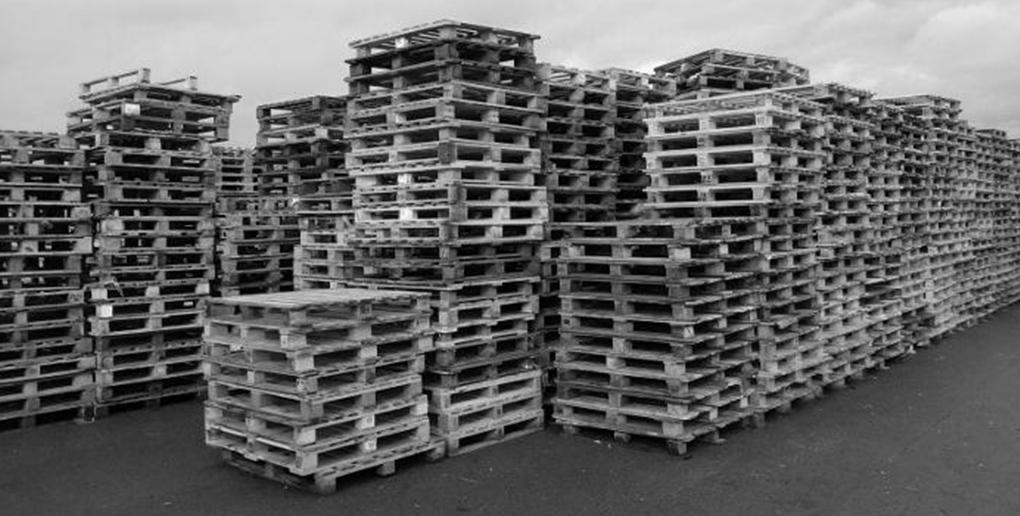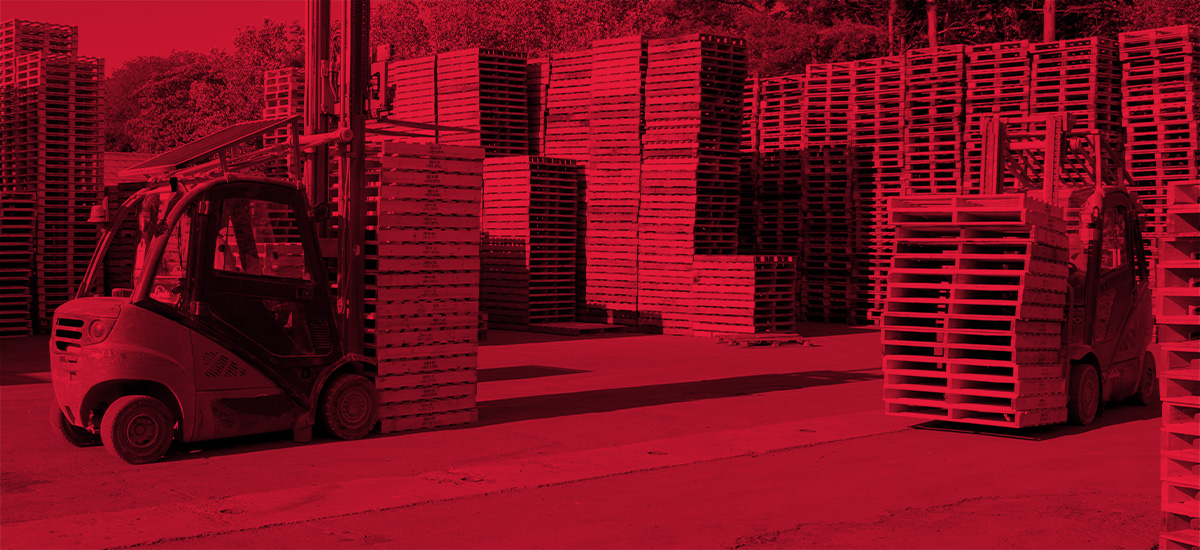The wooden pallet: a packaging commodity used extensively during the 20th century and still going strong today. But where did the pallet originate? How did they come into existence?
Historically timber has been used to transport goods from the far reaches of the world in the form of wooden crates, barrels, kegs and boxes. However, in the 1920s the first wooden skids were introduced, in essence a precursor to a closely boarded top deck of a modern day pallet.
Almost 40 years before the appearance of wooden skids in American factories, low lift trucks had been produced and in 1915 this concept was developed to a high fork lift truck resembling the machinery we see today. These machines helped to increase the volumes and variety of goods that could be handled, developing more efficient storage in warehouses.
It was officially in 1925 when the modern wooden pallet was born. The development of fork lift trucks evolved the design of wooden skids to include blocks and boards creating adequate spaces for fork tines to be carefully inserted. The increased number of boards improved the distribution of weight and in turn decreased product damage.
Not only did the wooden pallet make transporting goods safer, time efficiencies also improved. During the 1930s a wagon carrying 13,000 cases of canned goods would take up to 3 days to off load. The same goods loaded using wooden pallets allowed offloading time, with a fork lift truck, to be reduced to a staggering 4 hours. Businesses could promptly load and unload wagons.
As company’s warehouses were rebuilt they were designed to accommodate the modern wooden pallet. In turn storage capacity was increased, labour costs decreased and the rest, as they say, is history. The wooden pallet has played a significant role in the handling of goods since before World War 2. Combined with the development of the fork lift truck, pallets have had substantial influence all over the world in the way materials and products are handled, stored and transported.








